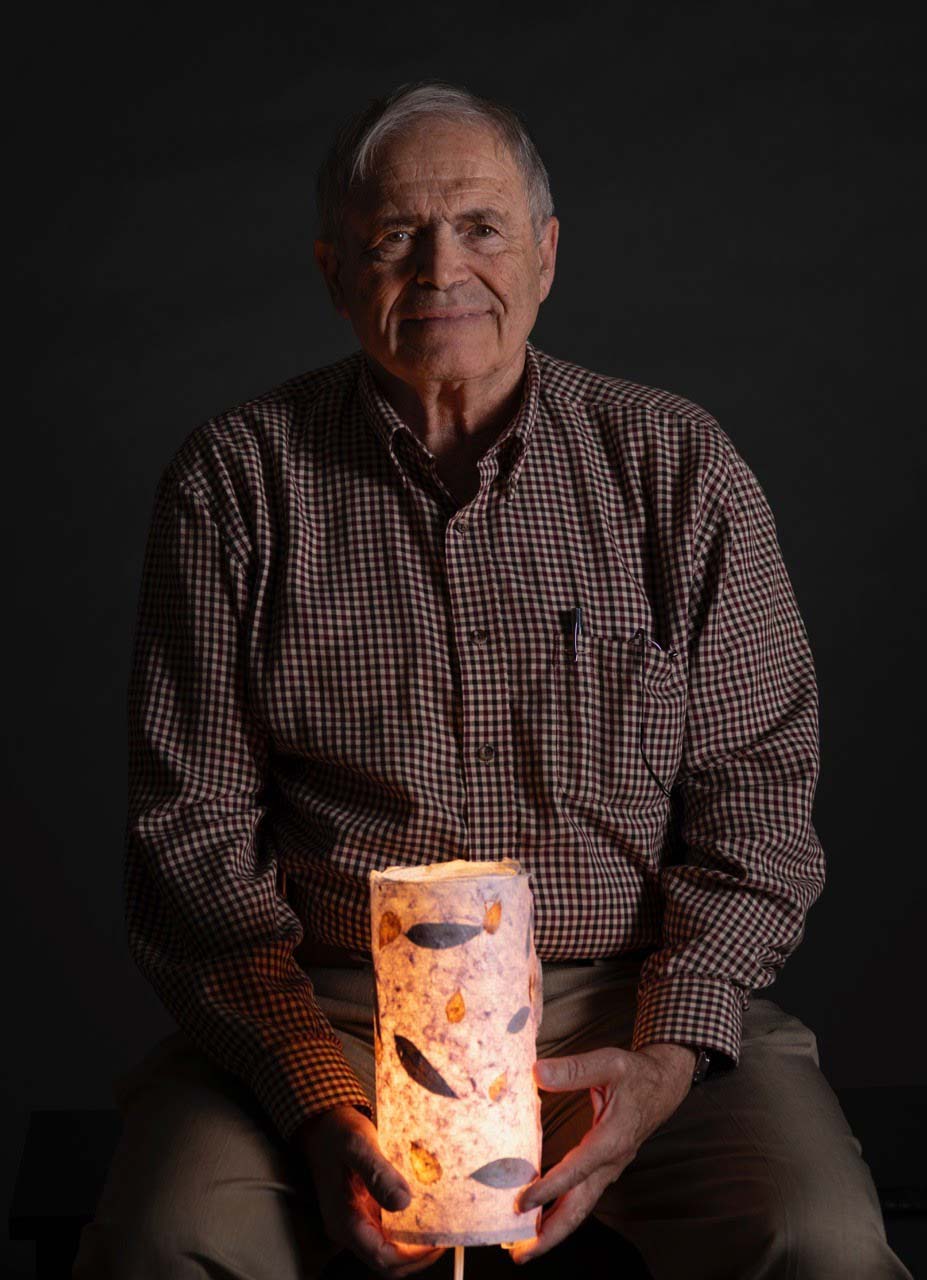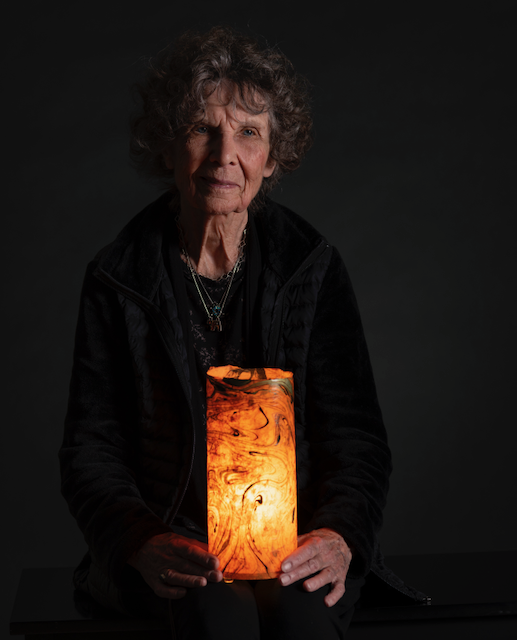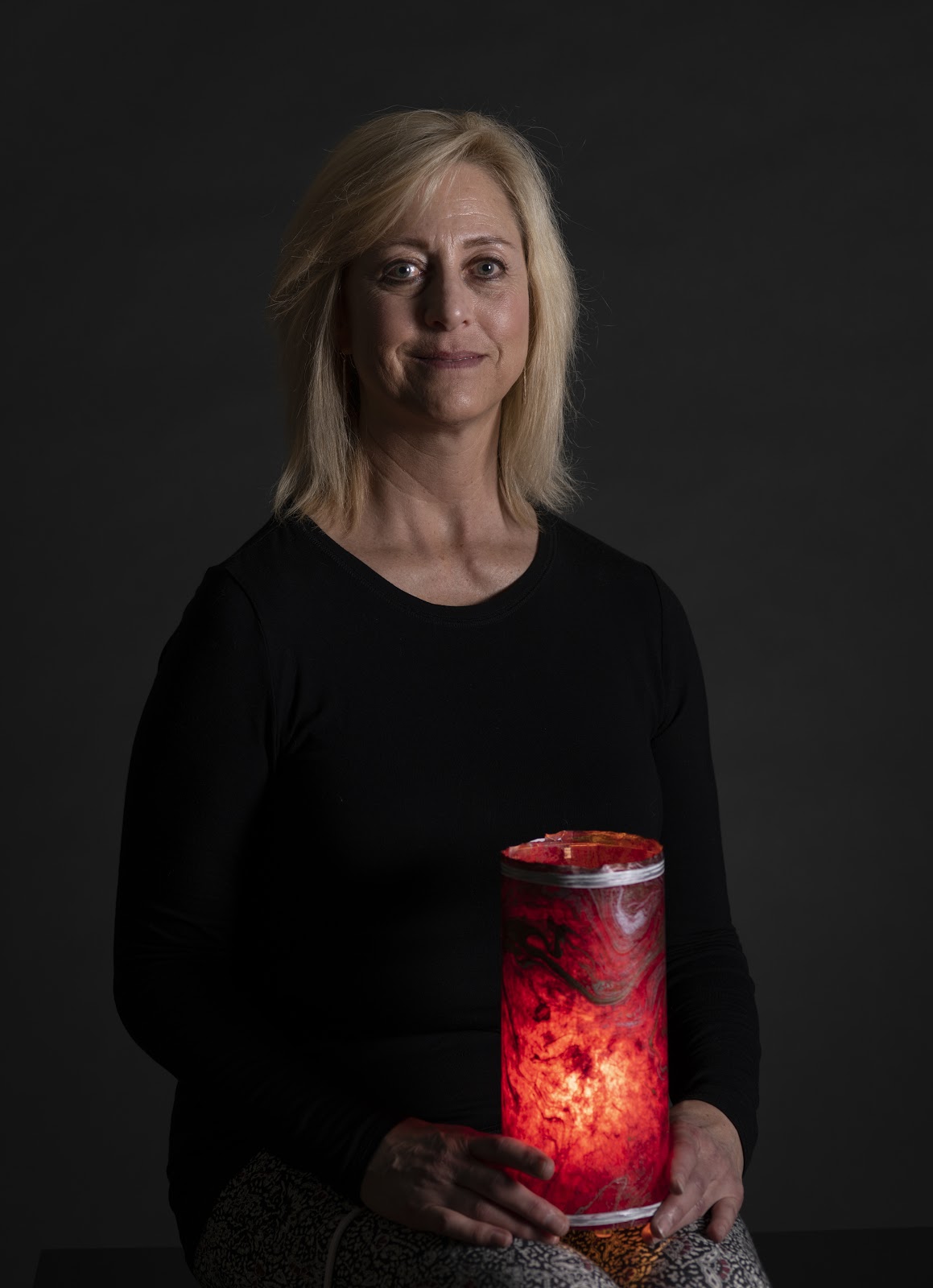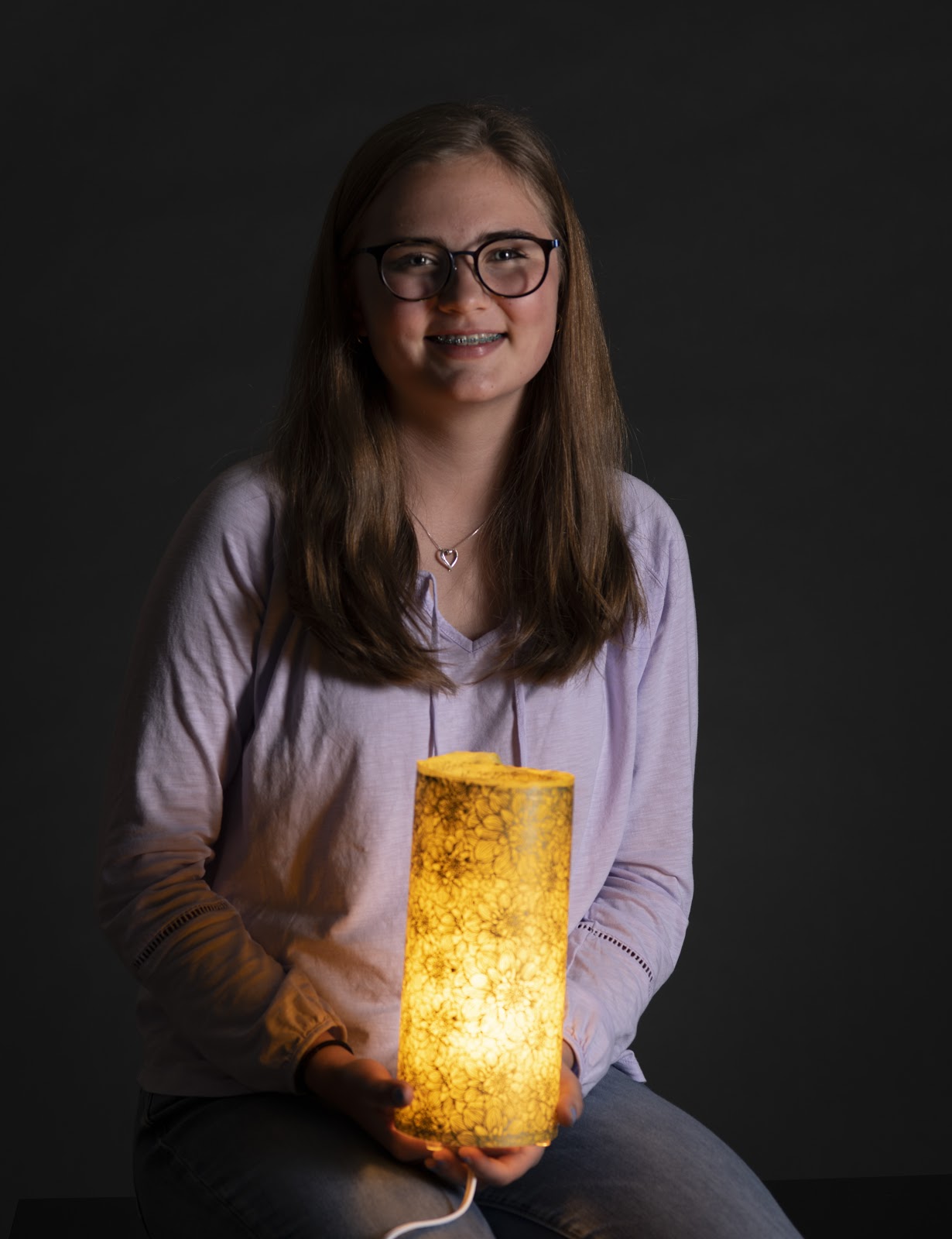
The Youngest Survivors
May, 2019. Just days before, the world’s 2nd youngest Holocaust Survivor had celebrated his 74th birthday.
Born on Hitler’s birthday, April 20, 1945, on a cattle car headed to Mauthausen, Mark and his mother were immediately sent to the gas chamber upon arrival. He was barely 2 pounds, his mother about 70. The doors to the chamber were closed, but no gas came out. It had been disabled just hours before.
The world’s 3rd youngest Survivor was born just before boarding the same train. And the world’s youngest Survivor was born shortly after arriving at Mauthausen on that same train.
Think about it: the three youngest survivors in the world – all turning 75 in April, 2020. It’s a stark reminder of the narrow, vanishing window for our survivors to share their stories.
A Vanishing Window
Sometime in the relatively near future, there will be no more eye-witness accounts. We will pass from lived memory to learned memory. Our challenge: how to maintain the emotional impact and the empathetic bonding that flows from hearing the stories of living witnesses to the Holocaust?
But in the meantime, we need to double down and wring all we can of our Survivors’ “living presence” while that narrow window of opportunity is still open.
That’s why the Light of Our Survivors program of the 6 Million Lights project is so urgent. And that’s why the gentle positive focus of our workshops is so important. It’s not about compelling Survivors to testify about their horrific experiences. It’s about Survivors sharing simple “presence” while they make lamps alongside other workshop participants. It’s about Survivors sharing how they’ve found light after darkness and how they have shared light with the world.


A Challenge and an Opportunity
In the meantime, we need to begin transitioning from lived memory to learned memory, utilizing the many amazing multimedia tools that are out there. Nothing can replace the compelling reality of live witnesses to the Holocaust, but video can still be impactful and powerful. And it can reach an audience that wouldn’t otherwise have access to living Survivors; such as a high school class in the middle of North Dakota.
As we transition, let’s keep in mind that each generation has different learning styles. Today’s students tend to prefer active learning experiences over passive ones. They don’t just want to listen; they want to think and do. We trivialize a Holocaust lesson if it’s just a passive listening experience and there’s a compelling challenge we must answer: having learned about the Holocaust, what do we do with this knowledge? Can we use it to provoke positive intentions so that Never Again becomes more than a mere platitude?
Technology also brings other opportunities. The ability to do a virtual workshop with multiple participants in multiple locations. The ability to do solo workshops at home, for those who are home-bound or who are in remote locations; and the ability to do self-paced workshops on one’s own schedule.
That doesn’t mean that live-facilitated workshops will cease once we no longer have our Survivors. There is an opportunity to hear from descendants of Survivors, who have their own stories to share. The 6 Million Lights project offers a gentle pathway for those who wish to get involved in Holocaust education and we welcome the participation of descendants.
Dispelling Darkness: A Collaboration
We don’t pretend that 6 Million Lights can provide all the answers to the challenges we face in future years. But by working together and eschewing silo mentalities we think we can rise to the challenge. We’re eager to collaborate with other Holocaust-related institutions that want to take the lessons learned from this dark chapter in history and work on creating a kinder, more tolerant society that will call out evil when it arises and fight darkness with tenacity.
And so even while we urgently ramp up our Light of Our Survivors program, we need to simultaneously transition to its successor – Dispelling Darkness, which brings some unique elements to the table. Like Light of Our Survivors, the Dispelling Darkness workshops utilize lamp-making as a core experience and we surround it with “process” – compelling video, shared wisdom and conversation, reflection, and intention making.
Light, lamp-making, and lamps. How better to deal with the Darkness of the Holocaust than to explore the theme of light and how we can embody it in our daily lives? How better to integrate and express that theme than through lamp-making, creating a potent symbol of that theme – a lamp that can serve as a long-lasting luminous beacon of each maker’s intention to honor their light and the light of others; to nurture light in others; to share one’s light and to undertake actions that put more light into the world?
For students seeking active learning experiences, lamp-making and the surrounding process can make an indelible impression. And unlike many Holocaust experiences, there’s a “tail”: participants take the workshop experience home with them in the form of a lamp. Ultimately, it’s all about actualizing the impactful experience of learning about the Holocaust and transforming it into intention and action.
We welcome your collaboration and participation!
